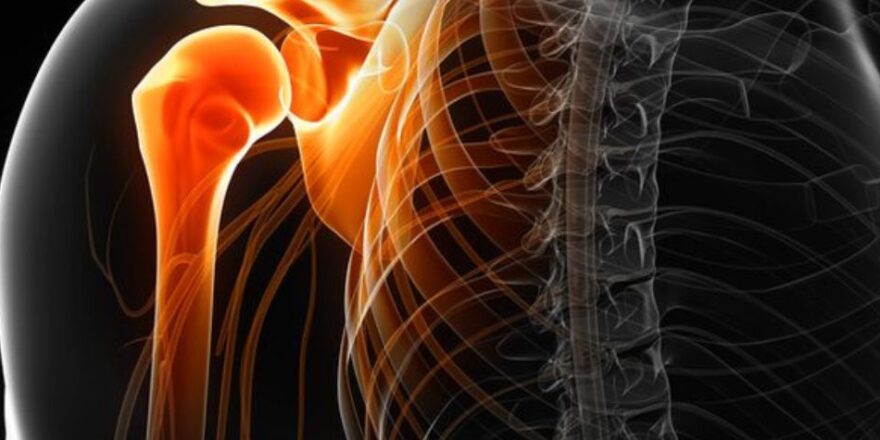Orthopedic injuries and conditions can significantly impact an individual’s mobility, independence, and quality of life. Whether it’s a sports-related injury, joint replacement surgery, or chronic conditions like arthritis, orthopedic rehabilitation plays a crucial role in restoring function and alleviating pain. Within the realm of orthopedic rehabilitation, physical therapy emerges as a cornerstone approach, offering tailored exercises, manual techniques, and education to promote healing and recovery.
Understanding Orthopedic Rehabilitation
Orthopedic rehabilitation focuses on restoring musculoskeletal function and mobility following injury, surgery, or degenerative conditions affecting the bones, joints, muscles, ligaments, and tendons. The primary goals of rehabilitation include reducing pain, improving strength, flexibility, and range of motion, enhancing functional abilities, and preventing future injuries or complications.
The Role of Physical Therapy
Physical therapy is a key component of orthopedic rehabilitation, providing personalized treatment plans to address each patient’s unique needs and goals. A skilled physical therapist evaluates the individual’s condition, functional limitations, and medical history to develop a comprehensive rehabilitation program tailored to their specific requirements.
Assessment and Treatment
The rehabilitation process typically begins with a thorough assessment by the physical therapist, involving tests to evaluate strength, flexibility, balance, posture, and movement patterns. Based on the assessment findings, the therapist designs a treatment plan consisting of various interventions aimed at addressing deficits and promoting recovery.
Exercise Prescription
Exercise is fundamental in orthopedic rehabilitation, helping to strengthen muscles, improve joint stability, and restore functional movement patterns. Physical therapists prescribe specific exercises targeting areas of weakness or dysfunction, incorporating a combination of resistance training, stretching, aerobic conditioning, and functional activities to address individual goals.
Manual Therapy Techniques
In addition to exercise, physical therapists utilize manual therapy techniques to enhance mobility, reduce pain, and improve tissue extensibility. These techniques may include joint mobilizations, soft tissue mobilization, myofascial release, manual traction, and manipulation, administered with hands-on techniques to restore normal joint mechanics and tissue function.
Modalities and Therapeutic Agents
Modalities such as heat, cold, ultrasound, electrical stimulation, and therapeutic massage are often integrated into orthopedic rehabilitation to manage pain, reduce inflammation, and promote tissue healing. While these modalities may provide symptomatic relief, they are typically used in conjunction with exercise and manual therapy for optimal outcomes.
Patient Education and Home Exercise Program
Education is a vital component of orthopedic rehabilitation, empowering patients to take an active role in their recovery and injury prevention. Physical therapists educate individuals on proper body mechanics, ergonomic principles, injury prevention strategies, and self-management techniques to facilitate long-term success. Additionally, patients are instructed in home exercise programs to continue their rehabilitation progress outside of therapy sessions, promoting adherence and continuity of care.
Progression and Monitoring
As patients progress through their rehabilitation journey, physical therapists continually assess their response to treatment, modifying interventions as needed to optimize outcomes. Progression may involve advancing exercise intensity, increasing functional challenges, or transitioning to more complex activities to promote further improvement and independence.
Conclusion
In summary, physical therapy plays a pivotal role in orthopedic rehabilitation, offering personalized interventions to promote healing, restore function, and enhance quality of life for individuals with musculoskeletal injuries and conditions. Through a combination of exercise, manual therapy, patient education, and ongoing monitoring, physical therapists strive to empower patients on their path to recovery and long-term wellness. By understanding the vital role of physical therapy in orthopedic rehabilitation, individuals can take proactive steps towards achieving optimal musculoskeletal health and mobility.


